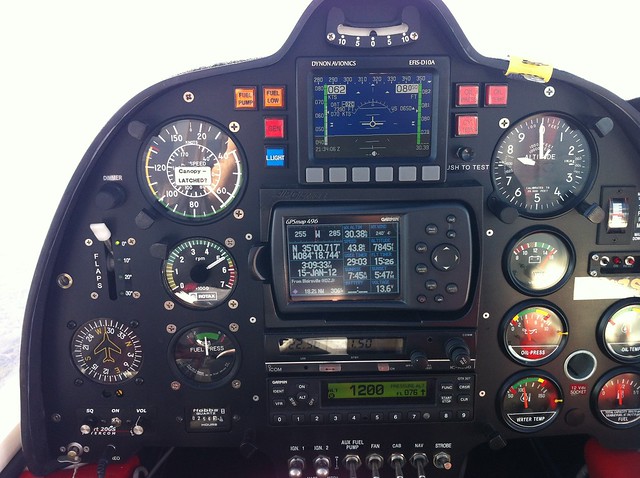Just an individual data point.
My prior ride was an SR22 with Avidyne PFD/MFD, and I logged about 500 hours in it. So I became competent with glass.
But...
I have a Dynon PFD front and center in my Sky Arrow:
In practice, it gets used for exactly three things. I can input OAT (I don't have the requisite probe to make it automatic) and it displays TAS and DA. It is also my only source for vertical speed info.
That's it. I mean, it's nice to have an attitude indicator to bail me out of inadvertent IMC, but in 400 hours I have not come close to needing that.
For all normal flying, I use the steam gauge airspeed and altimeter*. There is no doubt that I can interpret them more quickly and easily than the Dynon displays of the same information. The physical ball front and center is also easier to see/interpret than the faux ball on the Dynon**.
Not making a case one way or another, and it may be a case of an old dog and new tricks, but there you have it!
*I don't have a remote compass either, and the magnetic heading display on the Dynon is a bear to calibrate, so I have not bothered to date. It's way off, as you can see in the photo, so it's easier just to use the vertical compass in the lower left of the panel.
** I never did get used to the Avidyne slip/skid display, even there reverting to the physical ball on the backup attitude indicator. I always wondered why Avidyne chose a display they did (a weird doghouse thingee) rather than just replicate the ball in a tube display all pilots were already familiar with.

